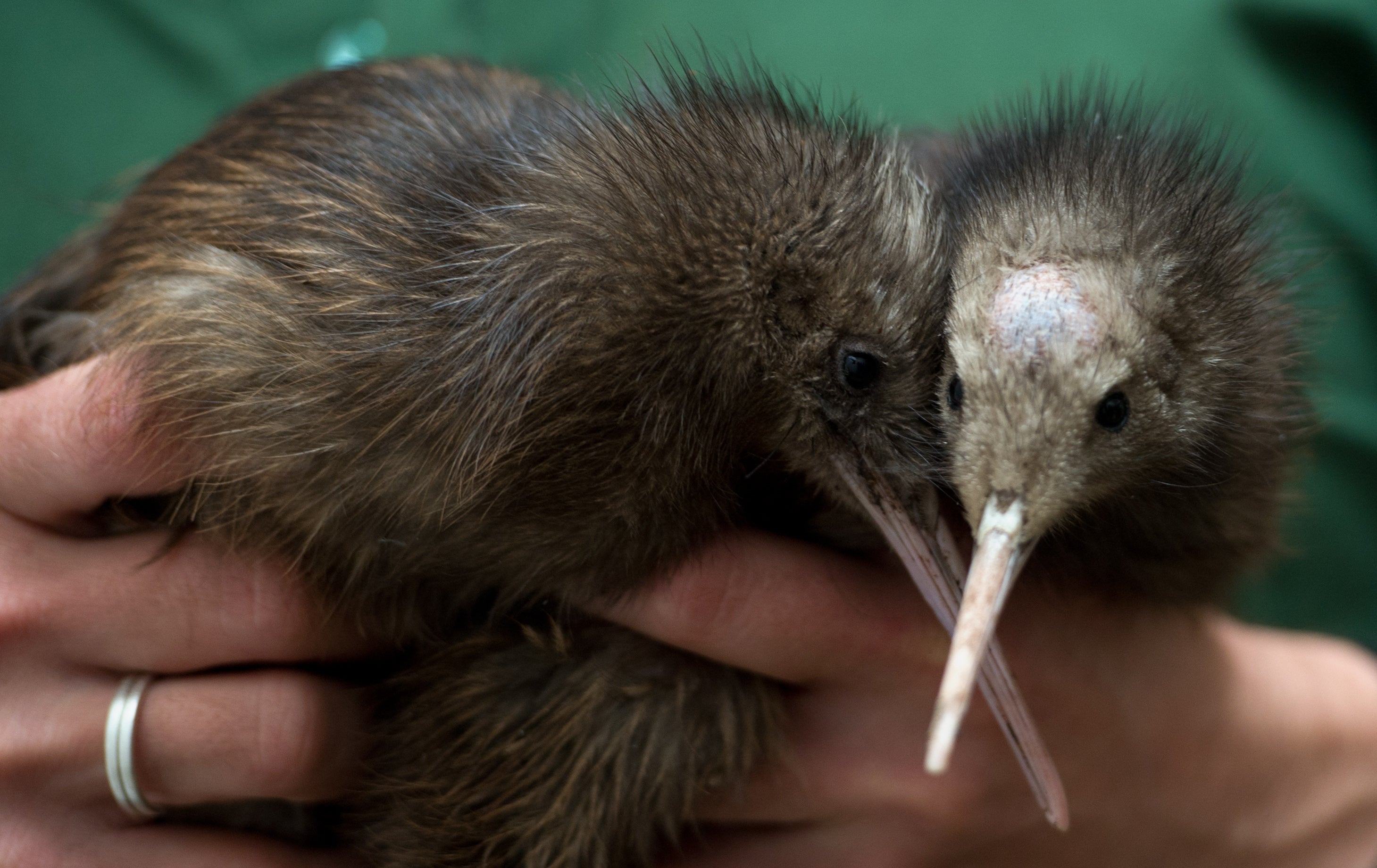Kiwi population up in parts of New Zealand due to pest and dog control efforts, survey says
The bird was detected in an additional 93 sites, where they were not found earlier

Your support helps us to tell the story
From reproductive rights to climate change to Big Tech, The Independent is on the ground when the story is developing. Whether it's investigating the financials of Elon Musk's pro-Trump PAC or producing our latest documentary, 'The A Word', which shines a light on the American women fighting for reproductive rights, we know how important it is to parse out the facts from the messaging.
At such a critical moment in US history, we need reporters on the ground. Your donation allows us to keep sending journalists to speak to both sides of the story.
The Independent is trusted by Americans across the entire political spectrum. And unlike many other quality news outlets, we choose not to lock Americans out of our reporting and analysis with paywalls. We believe quality journalism should be available to everyone, paid for by those who can afford it.
Your support makes all the difference.A new survey of the kiwi population in New Zealand’s Northland has detected the bird in 50 per cent of the sites where the bird was silent in 2016.
The survey, conducted by the conservation group Kiwi Coast, is an annual nocturnal event in which people listen and track kiwi calls and estimate how the bird’s populations are doing across the region.
In the current survey, the bird was detected in 35 sites where they were detected five years ago and in an additional 93 sites in which they were not previously observed.
The Kiwi population in the Whangarei Heads region, estimated on the basis on their calls, could be as many as 1,000, up from just 80 in 2001, according to local media reports.
The country’s kiwi population has been threatened for some time by dogs and pests such as rats and stoats so they could only survive in small, fragmented and isolated populations.
Such population isolation, scientists have warned, may lead to inbreeding of the small numbers of kiwis in the region, leading to reduced fertility in their offspring.
Studies have also shown that efforts to move kiwis from one location to another could endanger the birds further.
Some estimates from earlier surveys say only 10 per cent of kiwi chicks make it to six months, but with measures in place, experts say the birds themselves can breed fast and adapt to living with humans.
Protecting the vulnerable birds requires community participation with efforts from people to ensure dogs are kept under control and pests are caught and killed, according to experts.
Project co-ordinator Ngaire Sullivan said she was surprised 50 per cent of the previously desolate areas now have kiwis.
“That’s pretty cool. I didn’t think we would find that level of change so fast. I thought it would take a long time,” Sullivan told Stuff, a New Zealand-based news outlet.
Join our commenting forum
Join thought-provoking conversations, follow other Independent readers and see their replies
Comments